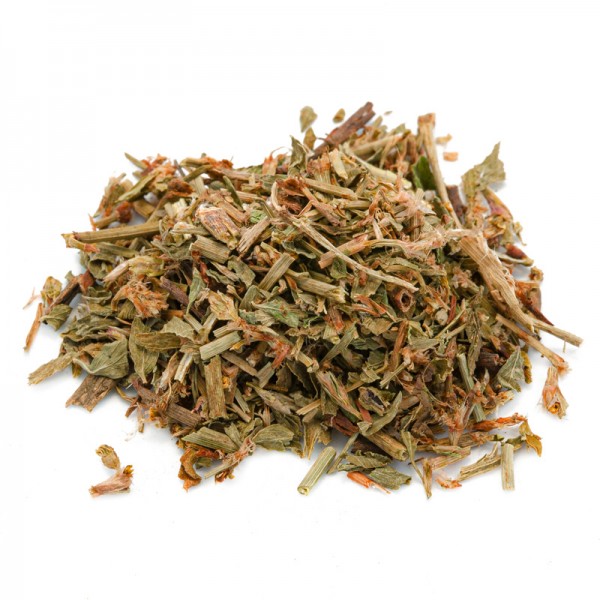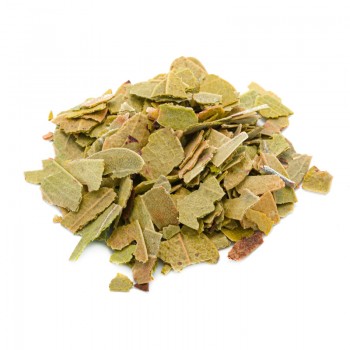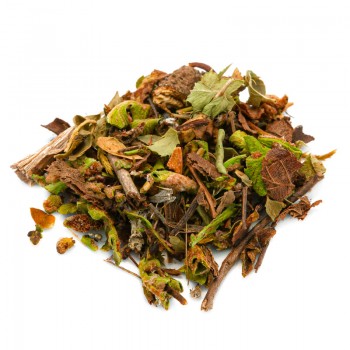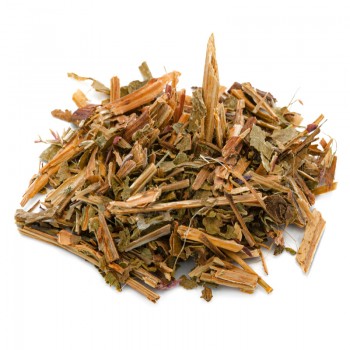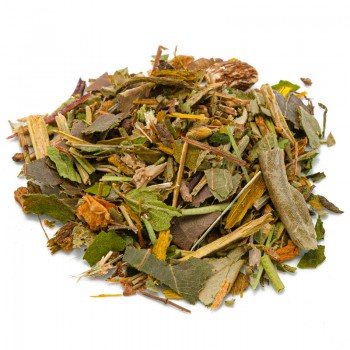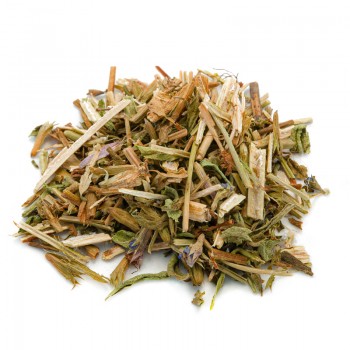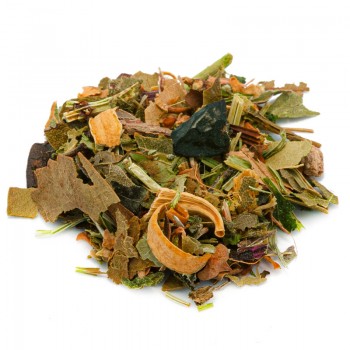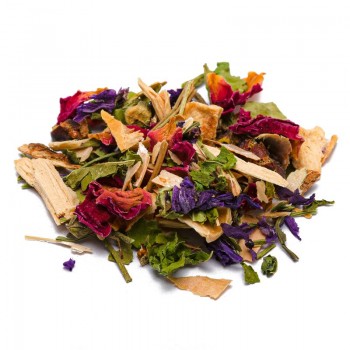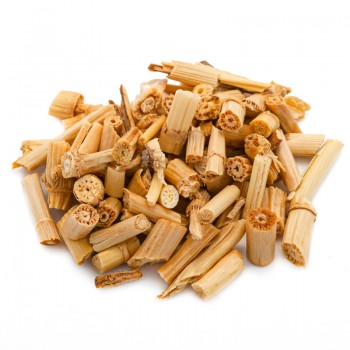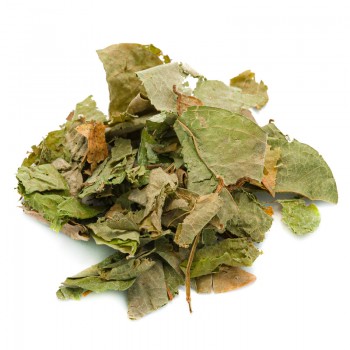Folk medicine has been using bindweed for centuries, with diuretic properties useful for draining excess fluids, and treating inflammation of the bladder, kidneys and intestines . In addition, centinodia herbal tea is considered a valid infusion to treat cold symptoms, cough and to clear the respiratory tract.
Bindweed: properties and benefits
Considered an excellent phytotherapy remedy, the centinodia or correggiola, has been used in the herbalist tradition as a diuretic, for the well-being of the kidneys and bladder.
It acts on the kidneys, maintaining their proper functioning, providing relief from the states of irritation and swelling associated with kidney disorders, such as pedal edema or burning in urination.
Encourages diuresis in cases of urinary retention, relaxes the bladder and promotes the expulsion of liquids from the body .
In ancient times, this plant was used in the treatment to remove kidney stones through purifying herbal tea.
Bindweed is also traditionally known as a herbal remedy to treat cold symptoms, including nasal congestion, sore throat and cough. Centinodia herbal tea is supposed to have natural expectorant properties and can soothe irritation, so as to clear mucus and help people breathe more easily.
The expectorant and emollient qualities of the centinodia, in fact, determine a resource in case of sore throat and excess phlegm; in particular, to calm coughs and give relief to the respiratory system.
The salicylic acid content of bindweed (or corregiola) can be useful for strengthening the connective tissue of the lungs, and is the active ingredient that gives it its natural anti-inflammatory properties.
In addition to silicic acid, this plant is rich in flavonoids, known antioxidants that improve the tissues of blood vessels, and give a beneficial value for the beauty of the skin. The bindweed infusion can be applied topically to improve skin irritations.
Thanks to its high content of tannins, Centinodia is also considered a remedy as an astringent, with an anti-diarrheal function.
Its properties slow bowel movements, shorten the duration of dysentery and provide relief for symptoms such as abdominal pain and weakness.
A centinodia herbal tea, is also considered a natural cure-all against irritation of the gums, and for oral health.
Origins and History of cultivation
The plant, apparently native to Eurasia and North America, has naturalized in the temperate parts of the southern hemisphere.
It is now widespread in many countries in the temperate regions of the planet, and in India we find the centinodia in the Himalayas, at altitudes of over 3,000 meters.
Its name derives from the combination of centum cento and nodus node. This is due to the fact that many knots are formed in the plant, and in fact also in English it is called knotweed (gnarled grass).
Even in the scientific name polygonum it derives from an approach that seems to refer to geometry, but actually derives from many (polys) and (gonon) knots or knees.
The adjective avicular is due to the fact that birds like it a lot. In Italy this plant has taken different names in its varieties over time; including bistorta centinodium, polygon of birds or polygon of centinody, as well as centinodia and correggiola.
Its origins are still very ancient, given that bindweed fossils belonging to the Tertiary geological period have been found.
In the past, bindweed was used as an anti-inflammatory remedy for pulmonary tuberculosis and chronic bronchitis. A herbal tea for the bronchi and lungs, which in recent times has been considered above all for its soothing properties. Its purifying function was useful in ancient times to expel intestinal worms.
Plant and flowers
This plant, scientifically named Polygonum aviculare, is native to North America and Eurasia, now widespread in all temperate regions of the world.
It is part of the Polygonaceae, and si develops between 10 and 40 centimeters in height, with a woody and branched root. It is considered a low-growing weed.
It develops best in areas such as animal trails and paths, in lawns, along roadsides or sandy areas, and even in cracks in paved surfaces.
The bindweed also tolerates soils with a high content of salt, calcium and heavy metal contamination.
It blooms from June to October, with regular, green flowers with white or pink margins. It then gives an oval fruit (achene), which turns dark brown or black.
The herb of the plant for the herbal tea is harvested in summer and early autumn; it will then be dried for later use.
Nutritional values of the Bindweed
Different parts of this plant are used, which contain tannins, flavonoids (avicularin - quercetin), mucilage, alkaloids and salicylic acid.
In addition, there are derivatives of coumarins (umbelliferone and scopoletino).
How to use the Bindweed in herbal tea
The Centinodia infusion is obtained from the herb cut herbal tea, to be inserted in a cup (250 ml): about 3-5 grams with water at 100 ° C.
Leave to infuse for 5 to 7 minutes, before drinking the diuretic herbal tea.
Add honey or sugar if desired.
Bindweed: side effects and contraindications
Despite being considered a plant with no particular adverse effects, the bindweed is not recommended in high dosages.
The excess of centinodia infusions could cause gastrointestinal disorders, particularly for those suffering from gastroesophageal reflux and gastric ulcer.
It is not recommended for use during pregnancy or while breastfeeding.

